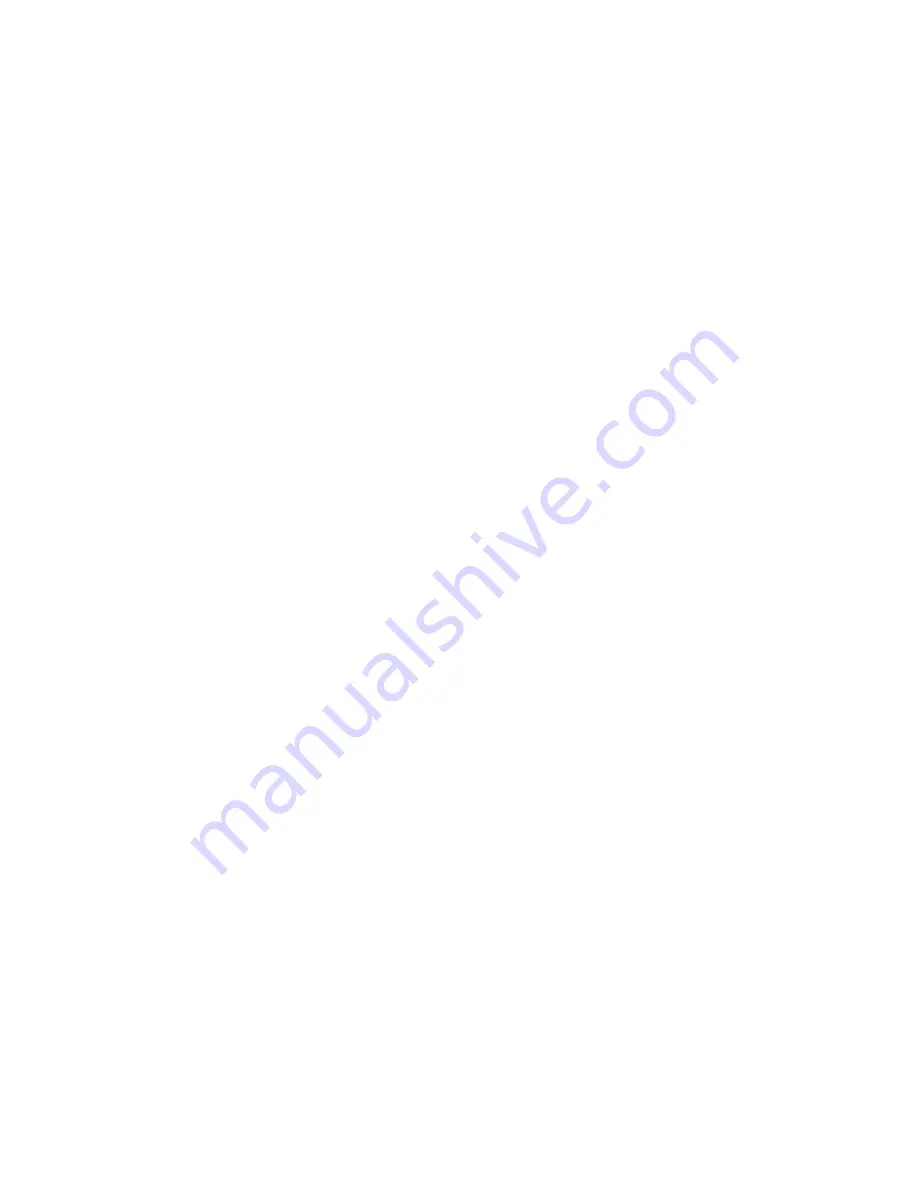
The Arno Haft Bird Kite
Arno Haft's bird kite is from the 1950's. The original kite was made from cotton canvas and
wood spars. Herr Haft lived in Hamburg, Germany. He flew many of the classic kites such as the
Rolo Plan. One of his specialties was line climbers used for aerial photography. Your bird will be
made from our modern-day materials of ripstop nylon and composite rods. Fly your kite in
moderate wind with 80 to 100 pound
test line.
Please note: Metric measurements have generally been used in this manual. In some cases the English
measurements are used when that is how the item is supplied in the USA.
Supply list:
2 yards of 60 inches wide 3/4 ounce ripstop nylon (2.5 yards of 54 inch wide or 2 yards cut
on the cross grain). Metric requirements: 1.8-2.3 meters
Small amount of black, white and yellow ripstop nylon for eyes and beak (optional)
60 cm of 3 inch wide 3.9 ounce Dacron for reinforcements
60 cm of 1 inch wide black 3/4 ounce ripstop edge binding, split in half lengthwise
9.5 meters of 1 inch wide black 3/4 ripstop edge binding
10 meters of 80 pound test line. It will be cut into the following lengths, see instructions:
spine line and loop (30 cm and 6.5 cm respectively.)
2 wing tip lines (60 cm total. Divide in half.)
2 lower wing loops (122 cm total. Divide in half.)
4 tiny upper wing and head loops (26 cm. Divide in fourths.)
2 small tail loops (13 cm total. Divide in half.)
rigging lines between tail / wing and between spine / outer tail tips (2 meters total. Do not
divide until reading instructions.)
bridle (5.5 meters or remainder of 80# test line.)
112 cm of 30 pound test line. It will be cut into the following lengths, see instructions:
Line for rigging between head and wing (1 meter total. Divide in half.)
Line for cheater line on one tail loop. (12 cm.)
2 Dihedrals (4" and 2.5" of aluminum tubing, formed to a 150
degree angle.)
(3) small solid aluminum rings (1/4 inch)
(2) hooks size 3
(3) Graphite .2200 / 5.6 mm x 48" rods plus 27 cm of a 4th rod. Purchase (4) rods total.
(4) Stubby Nock - .2200"
(1) Aluminum ferrel # 2200
(1) Graphite .1800 / 4.6 mm x 29.5" rod
(2) Stubby Nock - .1960"
Other materials: high quality black thread, thread matching the bird's color, thin Super Glue,
narrow double sided tape, Scotch tape, beeswax, black permanent pen such as a Sharpie, pencil
or chalk pencil.
Note: Please read instructions carefully, paying close attention to indicated
front
and
back
.

































